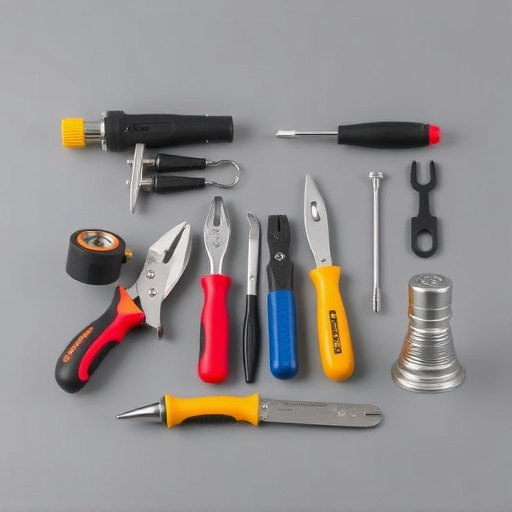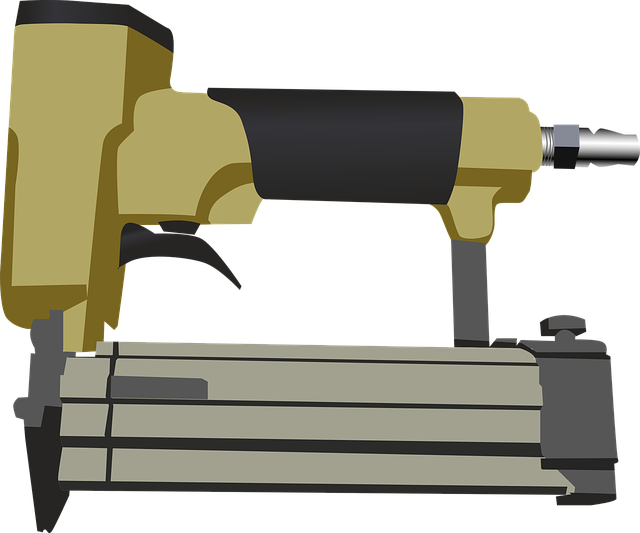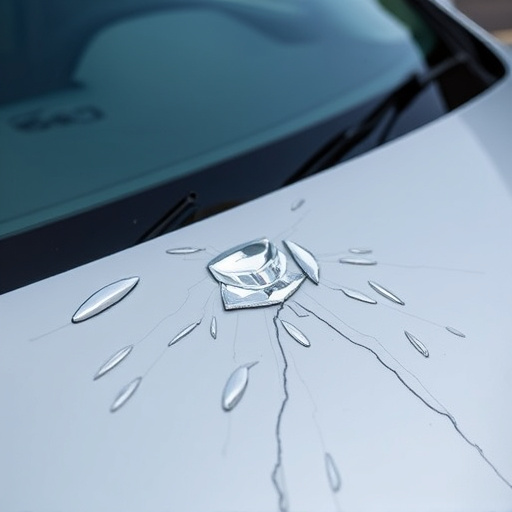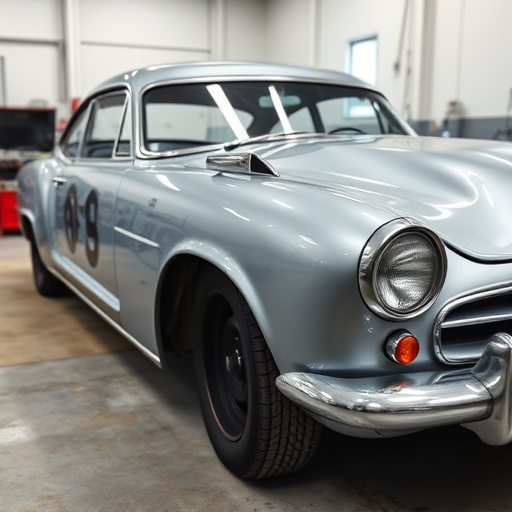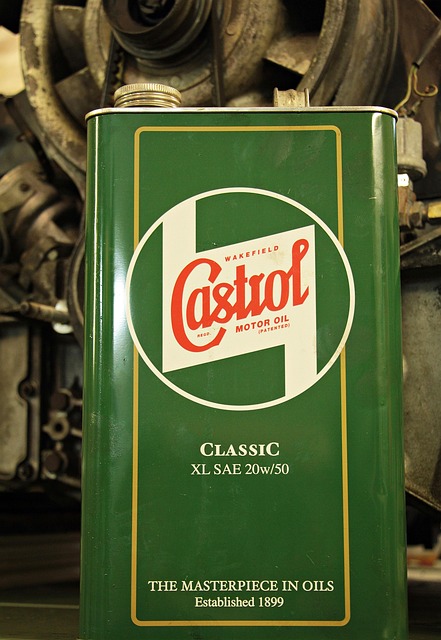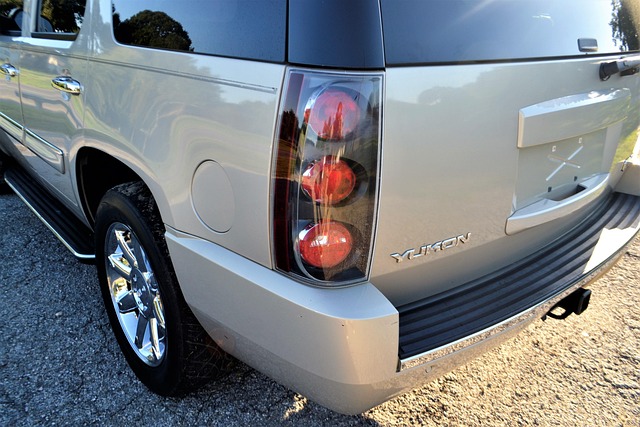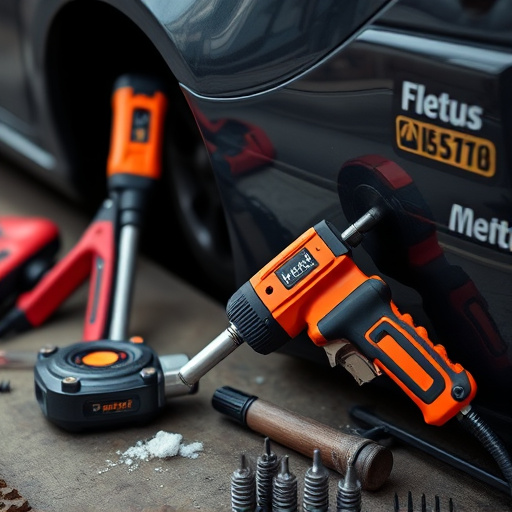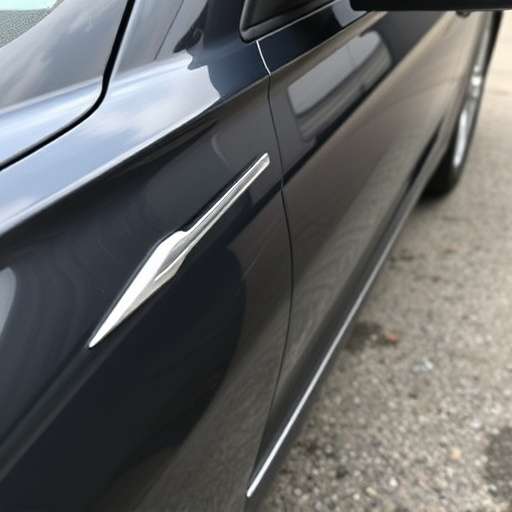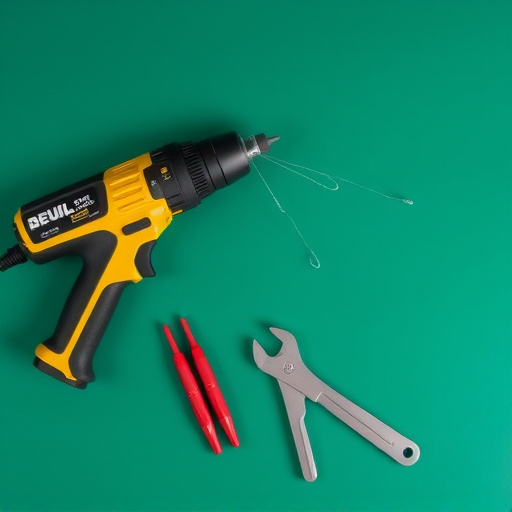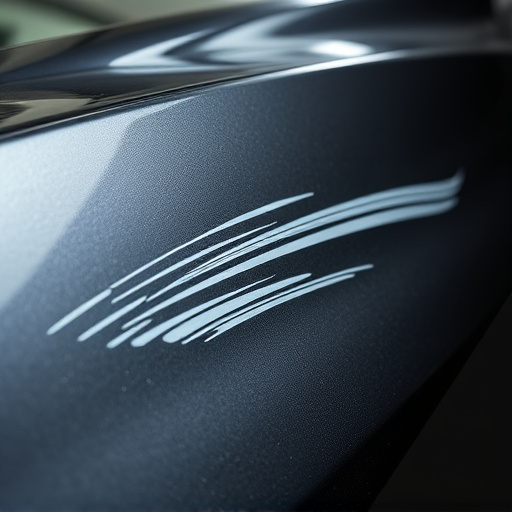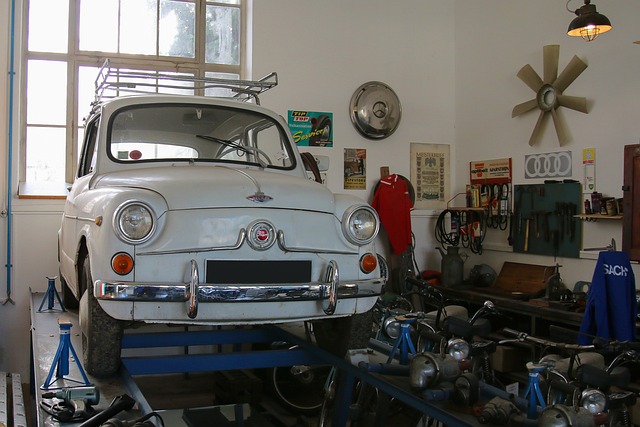After a collision, thorough detailing assessment is crucial for vehicle repair. This process identifies visible and hidden damage, guiding specialized bodywork services from polishing to panel replacement. Efficient detailing practices minimize repair costs, enhance vehicle aesthetics, and secure long-term value by preventing future issues. By meticulously documenting pre-collision conditions, professionals ensure accurate restoration and achieve high-quality results in auto dent repair.
In the aftermath of a collision, proper detailing becomes a crucial factor in determining the financial burden of repairs. This article explores the intricate process of detailing after a car accident and its profound impact on repair costs. We’ll guide you through understanding the immediate steps post-collision, assessing damage, and recognizing the significance of meticulous detailing in managing expenses. Additionally, we provide efficient practices to minimize costs while maximizing restoration quality.
- Understanding Detailing After a Collision: The Immediate Steps and Assessment
- The Impact of Detailing on Repair Costs: A Comprehensive Analysis
- Efficient Detailing Practices to Minimize Expenses and Maximize Restoration Quality
Understanding Detailing After a Collision: The Immediate Steps and Assessment

After a collision, the first step in any vehicle repair process is understanding and assessing the extent of the damage, especially when it comes to detailing. Detailing after a collision involves a meticulous inspection of every inch of the car’s exterior and interior. This immediate assessment helps establish a clear scope of work for the repair team. They will identify not just visible dents and scratches but also potential hidden damage that could affect structural integrity or compromise safety features.
This initial phase is crucial as it guides the selection of appropriate car bodywork services, whether for a Mercedes Benz repair or any other make and model. The assessment determines the level of detail required, from simple polishing to complex panel replacement and paint jobs. It’s essential to address these issues promptly to not only ensure the safety and functionality of the vehicle but also to mitigate further damage and impact on long-term repair costs.
The Impact of Detailing on Repair Costs: A Comprehensive Analysis
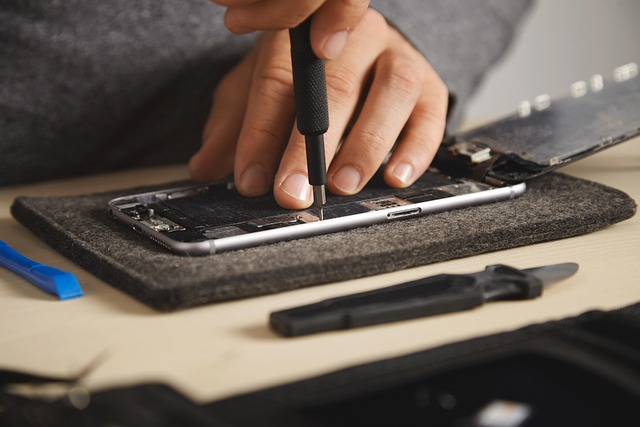
After a collision, proper detailing plays a significant role in determining the overall cost of repair. While immediate visual inspection might suggest minimal damage, deeper analysis often reveals hidden issues that require meticulous attention during the restoration process. Detailing services go beyond surface-level repairs; they encompass a comprehensive assessment and treatment of various components, ensuring every element is restored to its pre-collision condition.
The impact of detailing on collision repair costs is profound. Minor dents and scratches, when left unaddressed, can lead to more extensive and costly repairs down the line. Detailing professionals employ specialized techniques such as paint restoration, panel straightening, and composite repair to mitigate these issues. Moreover, detailed vehicle body repair ensures better adhesion for paint jobs, enhancing longevity and aesthetics. By investing in detailing after a collision, vehicle owners not only secure superior visual outcomes but also protect their investments by preventing further damage and simplifying future maintenance.
Efficient Detailing Practices to Minimize Expenses and Maximize Restoration Quality

Efficient Detailing Practices play a pivotal role in minimizing repair costs and maximizing restoration quality following a collision. By implementing rigorous and strategic auto detailing procedures, professionals can accurately assess and document pre-collision conditions. This foundational step ensures that every dent, scratch, or discoloration is meticulously recorded, serving as a benchmark for the restoration process. With this detailed baseline, technicians can focus their efforts on removing damage, restoring surfaces to their original condition, and achieving a seamless finish.
Furthermore, adopting advanced auto detailing techniques enables the removal of subtle dents and scratches that might go unnoticed by the untrained eye. This meticulous attention to detail not only enhances visual appeal but also prevents future issues from developing into more significant repairs. Efficient practices streamline the process, reduce labor costs, and minimize material wastage, ultimately making auto dent repair and detailing after collision more economical and effective.
In conclusion, efficient detailing practices after a collision are paramount in minimizing repair costs while maximizing restoration quality. Understanding the immediate steps and assessment, recognizing the comprehensive impact of detailing on costs, and adopting best practices can significantly mitigate expenses. By focusing on these aspects, individuals can ensure their vehicles return to pre-collision condition without undue financial strain.
